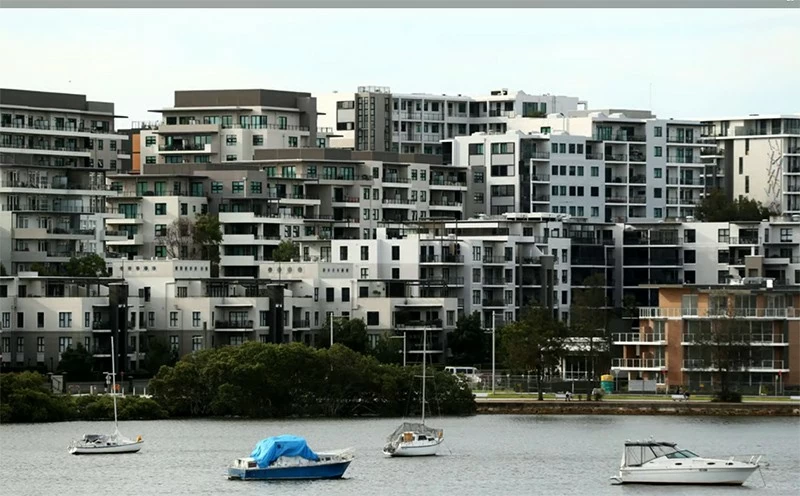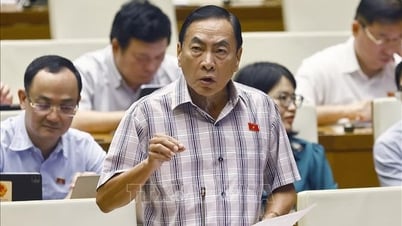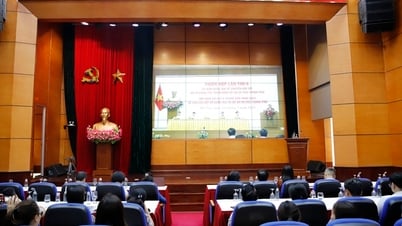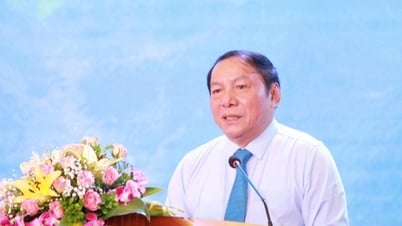In an article published in the SCMP, author Nicholas Spiro argues that the two economies of South Korea and Australia provide a cautionary tale about the limits of monetary policy when other factors also affect the outlook for residential real estate.
 |
| Apartment buildings in the Sydney suburb of Meadowbank. Australian house prices have risen rapidly in recent years as record low interest rates have helped fuel demand, despite warnings that such growth is unsustainable. Photo: Bloomberg |
Federal Reserve Chairman Jerome Powell did not surprise financial markets when he delivered a highly anticipated speech at the Kansas City Fed's annual meeting in Jackson Hole, Wyoming on August 23. However, his assertion that "it is time to adjust policy" was the strongest hint yet from the world's most influential central bank that a rate cut is imminent.
While other major central banks, including the European Central Bank, have begun cutting interest rates, the Fed’s policy shift is having a “strong impact” on the rest of the world. This is especially true for Asia, where the spillover effects are more pronounced due to its closer trade and financial links with the United States.
Speculation is rife about which of Asia’s top economies, other than China, will be the first to cut borrowing costs. For the interest-rate-sensitive housing market, changes in monetary policy have a strong psychological impact. But that is not the only factor affecting the performance and outlook of residential real estate. In some economies, it is not even clear whether interest rates can or should be lowered in the near term.
In South Korea, for example, the expectation of an early interest rate cut has helped fuel a strong recovery in property prices. Apartment prices in Seoul have soared from their lows in December 2022, following a devastating downturn triggered by the Bank of Korea’s (BOK) decision to raise interest rates to a 14-year high of 3.5%.
Although South Korea's inflation rate is falling below its 2 percent target and domestic demand has weakened sharply - conditions that warrant a rate cut - maintaining financial stability is part of the BOK's mandate. This makes the BOK extremely sensitive to the high debt ratio of South Korean households, the Achilles heel of this Northeast Asian economy.
The South Korean government ’s previous measures to stave off a full-blown housing crisis have led to a stronger-than-expected recovery in mortgage lending, which rose nearly 6% in annual terms last quarter. Not as strong as the 2020-21 boom, but fast enough for the BOK to point to a recovery in home values in Seoul at its policy meeting last month as a reason to be cautious about cutting interest rates.
“This is the first time they have specifically mentioned prices in the Seoul area. It also shows how the risk of another housing boom is acting as a constraint on monetary policy despite low inflation and weak growth. The BOK is “in a difficult situation,” said Jeong-woo Park, an economist for Korea and Taiwan at Nomura.
This is made more difficult by the fact that the responsibility for regulating the housing market lies with the government, not the central bank. Although mortgage lending regulations have been tightened and efforts are being made to boost supply, policymakers are still struggling to prevent booms and busts from damaging the property market.
In Australia, by contrast, a rate cut is not even on the table. Earlier this month, the Reserve Bank of Australia (RBA) kept borrowing costs at a 12-year high and even discussed the possibility of further increases as inflation continues to rise.
While it has not tightened policy as aggressively as other major central banks, the RBA is struggling to convince markets that it will buck the trend of monetary easing this year by keeping interest rates high for longer. Bond investors expect the RBA to start easing policy in December.
But it’s not monetary policy that’s driving the country’s housing market. Even after the RBA raised interest rates last year, house prices have risen at an unexpectedly rapid pace after a sharp but short-lived decline. “If it were just about interest rates, we’d be in a deep recession by now,” said Tim Lawless, director of research for Asia Pacific at CoreLogic.
Supply and demand fluctuations have a much stronger impact on property values in Australia. The housing affordability crisis, exacerbated by the Covid-19 pandemic, has highlighted long-standing policy failures on both the supply and demand sides.
In an April submission to the Citizens’ Commission on the Housing Crisis, Saul Eslake of Corinna Economic Advisory noted that the housing market has suffered the worst. Since the mid-1980s, federal and state governments have focused on boosting demand rather than increasing supply. Demand-side policies have ended up favoring investors over first-time homebuyers, in part due to changes in the tax system.
The sharp decline in home ownership has fueled demand for rental housing, contributing to falling affordability amid a surge in net out-migration caused by the pandemic. Planning and zoning restrictions have exacerbated the crisis by hampering the development of medium-density housing in desirable suburbs close to city centres.
Lower borrowing costs will not improve affordability and may even make the problem worse. On the other hand, a major reform of Australia’s planning system would go a long way toward addressing the underlying causes of the housing crisis.
While investors are increasing bets on falling interest rates in Asia's top economies, South Korea and Australia are offering cautionary tales about the limits of monetary policy, especially when it comes to the housing market.
* Nicholas Spiro is a partner at Lauressa Advisory, a specialist macroeconomic and real estate advisory firm based in London. He is an expert on advanced and emerging economies and a frequent commentator on macro-political and financial developments.
Source: https://baoquocte.vn/cat-giam-lai-suat-co-phai-la-giai-phap-cho-thi-truong-bat-dong-san-kinh-nghiem-han-quoc-va-australia-284033.html





![[Photo] President Luong Cuong receives Prime Minister of the Kingdom of Thailand Paetongtarn Shinawatra](https://vphoto.vietnam.vn/thumb/1200x675/vietnam/resource/IMAGE/2025/5/16/52c73b27198a4e12bd6a903d1c218846)
![[Photo] Prime Minister Pham Minh Chinh and Prime Minister of the Kingdom of Thailand Paetongtarn Shinawatra attend the Vietnam-Thailand Business Forum 2025](https://vphoto.vietnam.vn/thumb/1200x675/vietnam/resource/IMAGE/2025/5/16/1cdfce54d25c48a68ae6fb9204f2171a)






























![[Photo] The Prime Ministers of Vietnam and Thailand witnessed the signing ceremony of cooperation and exchange of documents.](https://vphoto.vietnam.vn/thumb/1200x675/vietnam/resource/IMAGE/2025/5/16/935407e225f640f9ac97b85d3359c1a5)































































Comment (0)